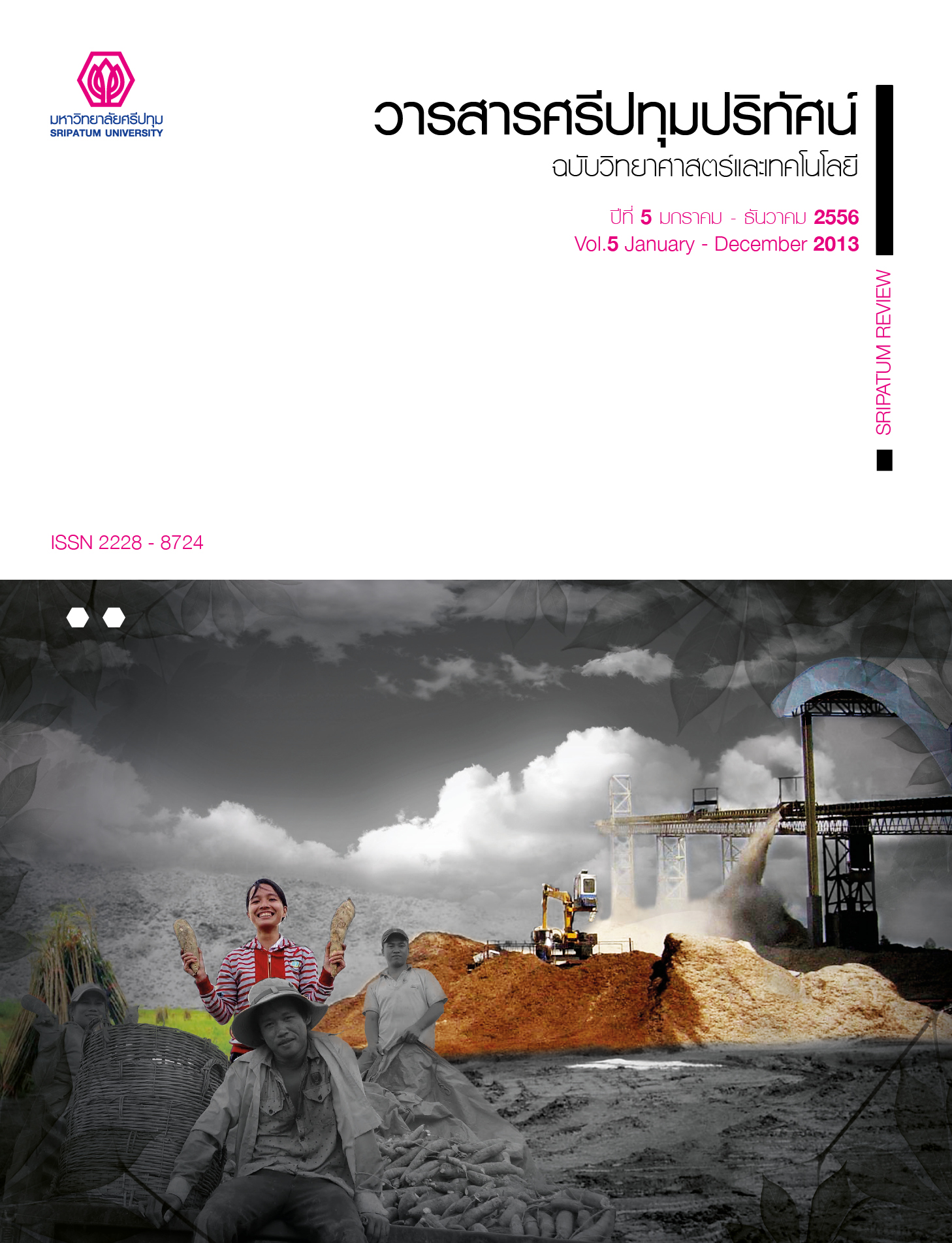KALMAN FILTER MODELING FOR TRAJECTORY PREDICTION OF CAR TRAVELING THROUGH STRAIGHT AND CURVED LANE BOUNDARIES
Main Article Content
Abstract
Due to rise in fatalities and serious injures because of car accidents many people have paid attention to doing research on Intelligent Transport System (ITS). These researches especially deal with lane detection system using combination of machine vision with the fusion of sensors for obtaining data of road lane boundary detection and vehicle movement in every state to improve data from noisy environment. And hence these data can be used for future work whether for lane departure warning system or automatic car system. This paper proposes to develop a precised lane boundary estimation model which can predict the lateral distance while a vehicle is moving along the road lane boundary, whether curve or straight lane boundary, with that of a different vehicle’s movement including straight and circular lanes. This model is different from previous models which were only able to estimate if the lane is straight and flat only. The model is developed under assumption of noisy data due to environment and the Extended Kalman Filter (EKF) is applied to improve the accuracy of the data. Experiments were conducted to measure the efficiency of the model using RMSE. The results of our simulation indicated high performance because the model can reduce noise more than 50%. Moreover, the model can still smooth noisy data even if obtained data contains both noise and missing data. However, the estimation performance of the model decreases as the number of missing data increase.
Article Details
References
R. Bishop. 2000. “Intelligent vehicle applications worldwide,” IEEE Intelligent Systems, vol. 15, no. 1, pp. 78–81.
D. D. Salvucci. 2004. “Inferring driver intent: A case study in lane-change detection,” in in Proceedings of the Human Factors Ergonomics Society 48th Annual Meeting, pp. 2228–2231.
F. Heimes and H.-H. Nagel. 2002. “Towards active machine-vision-based driver assistance for urban areas,”International Journal of Computer Vision, vol. 50, no. 1, pp. 5–34.
R. Jiang, R. Klette, T. Vaudrey, and S. Wang.2011. “Lane detection and tracking using a new lane model and distance transform.” Mach.Vis. Appl., vol. 22, no. 4, pp. 721–737.
A. S. Huang and S. Teller. 2009. “Lane boundary and curb estimation with lateral uncertainties,” in Proceedings of the IEEE/RSJ, pp. 1729–1734.
U. Handmann, I. Leefken, C. Tzomakas, W. v.Seelen, and L. F. T. Bi-ologie. 1999. “A flexible architecture for driver assistance,” inIn Proceedings of SPIE. SPIE.
Y.-C. Leng and C.-L. Chen. 2010. “Vision-based lane departure detection system in urban traffic scenes.” in ICARCV. IEEE, pp. 1875–1880.
B. Ma, S. Lakshmanan, and A. O. Hero. 2000. “Simultaneous detection of lane and pavement boundaries using model-based multisensor fusion,” IEEE Transactions on Intelligent Transportation Systems.
J. Goldbeck, B. Huertgen, S. Ernst, and L. Kelch. 2000. “Lane following combining vision and dgps,” Image Vision Comput., vol. 18, no. 5, pp. 425–433.
J. C. McCall and M. M. Trivedi, “Video based lane estimation and tracking for driver assistance: Survey, system, and evaluation.
A. Borkar, M. Hayes, and M. Smith. 2012. “A novel lane detection system with efficient ground truth generation,”Intelligent Transportation Systems, IEEE Transactions, vol. 13, no. 1, pp. 365 –374.
K. H. Lim, K. P. Seng, and L.-M. Ang. 2012. “River flow lane detection and kalman filtering-based b-spline lane tracking,”International Journal of Vehicular Technology.
T. Chiku and J. Miura. 2012. “On-line road boundary estimation by switching multiple road models using visual features from a stereo camera.” in IROS. IEEE, pp. 4939–4944.
B. Ristic, S. Arulampalam, and N. Gordon. 2004. “ Beyond the Kalman Filter: Particle Filters for Tracking Applications” (Artech House Radar Library). Artech Print on Demand.
B. Ristic, S. Arulampalam, and N. Gordon.2004. “ Beyond the Kalman Filter:Practicle Filters for Trancking Applications”, 1st ed. Artech House Publishers.
R. Jurgen and S. of Automotive Engineers. 2007. “A Simple CCD Based Lane Tracking System”, ser. PT (Series) (Warrendale, Pa.). Society of Automotive Engineers, no. 2
A. Wright. 2011. “Automotive autonomy,” Commun. ACM, vol. 54, no. 7, pp. 16–18.
S. Thrun, M. Montemerlo, H. Dahlkamp, D. Stavens, A. Aron,J. Diebel, P. Fong, J. Gale, M. Halpenny, G. Hoffmann, K. Lau,C. Oakley, M. Palatucci, V. Pratt, P. Stang, S. Strohband, C. Dupont,
L.-E. Jendrossek, C. Koelen, C. Markey, C. Rummel, J. van Niek-erk, E. Jensen, P. Alessandrini, G. Bradski, B. Davies, S. Ettinger,A. Kaehler, A. Nefian, and P. Mahoney. 2006. “Winning the darpa grand challenge,”Journal of Field Robotics, accepted for publication.
A. Borkar, M. Hayes, and M. T. Smith. 2009. “Robust lane detection and tracking with ransac and kalman filter.” in ICIP. IEEE, pp. 3261–3264.
P. K. Wang, P. A. Torrione, L. M. Collins, and K. D. Morton, Jr. 2012. “Rapid position estimation and tracking for autonomous driving,” in Society of Photo-Optical Instrumentation Engineers (SPIE) Conference Series, vol. 8387.


